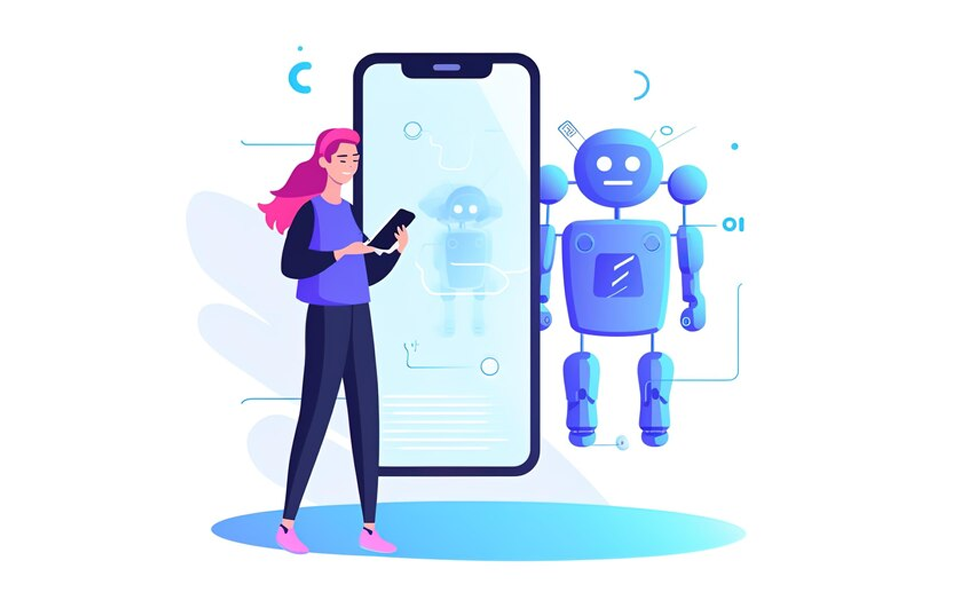
In today's digitally-driven landscape, user expectations for mobile apps have soared. No longer satisfied with generic experiences, users crave personalization tailored exactly to their preferences, habits, and real-time needs. This pursuit of personalization has driven a rapid transformation in mobile app design and functionality—powered, unsurprisingly, by artificial intelligence (AI). As mobile devices become ubiquitous extensions of ourselves, the integration of AI into apps via an artificial intelligence development company has unlocked hyper‑personalized experiences once thought impossible.
In this comprehensive exploration, we’ll cover:
Why hyper‑personalization matters in mobile apps
Core AI technologies fueling this revolution
How custom android app development companies are embedding AI
Real-life use cases across industries
Cost implications and considerations of integrating AI—especially how android app development cost is affected
Best practices, challenges, and future outlook
By the end, you'll understand how modern AI development is elevating mobile apps from static tools to dynamic, human-centric platforms.
1. Why Hyper‑Personalization Matters
1.1 Rising User Expectations
With over a decade of apps optimized through A/B testing and analytics, users now expect more than UI tweaks—they demand experiences that feel built just for them. Think:
Music apps recommending songs based on mood
Fitness apps adjusting workout plans dynamically
E‑commerce apps curating product selections reflecting personal style
Hyper‑personalization helps boost engagement, increase retention, and elevate conversion rates. Studies show personalized experiences can improve engagement metrics by 20–30%.
1.2 Business Benefits
For companies, personalization drives tangible ROI:
Enhanced customer loyalty and lifetime value
Improved user acquisition through positive word‑of‑mouth
More efficient monetization via personalized offers and upsells
However, true personalization is impossible without intelligent automation and real‑time adaptability—precisely what AI brings to the table.
2. The AI Technologies Powering Personalization
Several branches of AI work together to provide personalized mobile experiences. Let’s break them down.
2.1 Machine Learning (ML) & Deep Learning
Workhorses of personalization:
Supervised learning: Predicting ideal content or next best actions based on labeled data
Unsupervised learning: Discovering latent user segments and patterns
Reinforcement learning: Adapting over time by rewarding optimal recommendations
2.2 Natural Language Processing (NLP)
Enables conversational interactions, sentiment analysis, and content summarization—essential for chatbots, voice interfaces, and intelligent notifications.
2.3 Computer Vision & Augmented Reality (AR)
AI‑enabled image detection, facial recognition, and AR overlays allow apps to produce immersive, personalized visual experiences. For example, e‑commerce apps let users virtually “try on” apparel.
2.4 Predictive Analytics
Models churn risk or lifetime value ahead of time, enabling apps to take preemptive action—such as special offers or engagement campaigns—for personalization at scale.
2.5 On‑Device AI
Rather than sending data to the cloud, lightweight AI models run directly on mobile, offering faster personalization, reduced latency, and stronger privacy controls.
3. The Development Process: From Data to Experience
An artificial intelligence development company specializing in mobile apps follows a structured process to embed personalization intelligently:
Data Collection & Ingestion
Gather usage patterns, location, device behavior
Use analytics SDKs and internal event pipelines
Feature Engineering
User preferences, session length, click patterns
Ratio of casual to frequent activity
Model Selection & Training
Choose algorithm types—e.g. collaborative filtering, decision trees
Train centrally or via federated learning
Model Deployment
Host predictions from the cloud and/or run models on-device
Ensure real-time responsiveness (e.g., auto‑recommendation after each tap)
Integration with App UI
Dynamically update home screens, notifications, feeds
Enable conversational UI components
Monitoring & Feedback Loop
Collect performance metrics
Periodically refine models for accuracy and freshness
A custom android app development company experienced in AI seamlessly integrates these steps into agile delivery.
4. Case Studies: AI Personalization in Action
4.1 Music Streaming – Mood‑Based Playlists
AI-infused apps like Spotify analyze:
Listening history & skip behavior
Audio features: tempo, mood, genre
Time of day and activity contexts
They then recommend songs for ‘chill mornings’ or ‘high‑energy workouts’. By continually learning, the algorithm adapts playlists to each user’s evolving taste.
4.2 Health & Fitness – Adaptive Coaching
Apps such as Noom and Fitbod collect workout logs, biometrics, and feedback. They embed AI to:
Adjust workout intensity and frequency
Recommend relevant recipes or nutrition tips
Send motivational nudges when activity drops
All of this personalization takes place through sensitive in‑app experiences, with on‑device feedback loops.
4.3 Retail & E‑Commerce – Personalized Merchandizing
Amazon and Flipkart utilize AI for:
“Inspired by your browsing” carousels
Personalized pricing and coupon offers
AR experiences, allowing users to try products virtually
This multiplies click-throughs, add-to-cart figures, and revenue per session.
4.4 Fintech – Smart Spend Analysis
Budgeting apps now categorize purchases automatically using NLP and predict future patterns. They alert users of bill due dates, offer customized saving goals, and even suggest investment based on income and behavior.
5. Building Personalized Apps Through an AI Partner
When seeking a partner to create an intelligent mobile experience, businesses look for firms that combine:
Domain expertise – familiarity with finance, fitness, retail, etc.
AI architecture – from data pipelines to model deployment
Mobile‑first experience – designing for on‑device adaptability
By hiring a reputable artificial intelligence development company, you gain a turnkey partner capable of:
Integrating both cloud and edge AI
Curating thoughtful data pipelines
Aligning personalization with strong UX
For instance, a custom android app development company can help you:
Define personalization objectives and user segments
Build models privacy‑first (e.g., differential privacy, federated learning)
Deploy updates rapidly through incremental model improvements
6. What Affects Android App Development Cost?
If you're evaluating a custom Android app development company, you'd ask: “How will this affect android app development cost?”
Several factors drive cost when embedding AI personalization:
Cost Factor Description Scope of Personalization Recommendation logic vs. full NLP + AR + predictive elements Data Infrastructure Requirements Cloud pipelines, ETL tools, analytics, batch vs. streamingModel ComplexitySimple collaborative filtering vs. multimodal deep learning models On-device vs. Backend Compute On-device deployment adds engineering and maintenance complexity Integration with Third‑Party APIs E-commerce, payment, voice, AR SDKs Security & Privacy Measures Encryption, GDPR compliance, federated learning Team Composition Data scientists, AI engineers, Android developers, UX designers Testing & IterationsA/B testing personalization, validation tests, continuous improvement Maintenance & Ongoing Tuning Retraining data models, feedback loop monitoring
On average:
Basic personalization features (e.g., a recommendation engine) may add 10‑15% to standard android development costs.
Advanced AI features (NLP chatbots, AR overlays, predictive analytics) can increase cost by 30‑50%, sometimes more.
To manage this, opt for phased delivery—start with core smart features, measure impact, then add complexity gradually with your AI development partner.
7. Implementation Guidelines & Best Practices
7.1 Privacy‑First Approach
With large-scale personalization comes responsibility. Employ:
Data minimization
Federated learning
Differential privacy
Local on‑device processing
These not only meet regulatory demands but also improve app speed and user trust.
7.2 Transparent Value Exchange
Users should clearly benefit. For example:
“We see you like jazz—here’s a fresh playlist”
“Your sleep score is trending downward—shall we adjust your bedtime routine?”
Clarity builds trust; hidden personalization can feel creepy.
7.3 Performance & Latency
Balancing model accuracy against speed:
Use on‑device inference for real‑time decisions
Batch heavy computation in the cloud
Buffer this with caching, lazy loading, and smart data refresh layers.
7.4 Continuous Feedback Loops
Create mechanisms for validation:
A/B test model variations
Ask “Was this recommendation helpful?”
Segment users by behavior to re‑target personalization
AI models degrade—ongoing refinement is critical.
7.5 UX Design for Personalization
Co-design AI logic with UX. Don’t just present recommendations—frame them in the context of user goals.
Highlight why content is shown
Offer “Surprise me” options
Allow toggling of personalization preferences
This empowers users and eases concerns.
8. Challenges & Mitigation Strategies
ChallengeMitigation StrategyData Silos & Quality IssuesBuild unified pipelines, clean and pre-process dataModel Bias & Ethics RisksUse fairness criteria, model explainability toolsPrivacy Compliance (GDPR, CCPA)Limit data collection, encrypt data, use consent flowsOn-Device Resource ConstraintsOpt for model pruning, quantization, efficient frameworksUser Trust & TransparencyClear verbiage, opt-out options, explain personalization modalities
With smart planning and the guidance of an artificial intelligence development company, these challenges become manageable, not insurmountable.
9. The Future: AI + Mobile = Contextually Intelligent Living
What’s next in hyper‑personalized mobile experiences?
Ambient Intelligence
Apps that sense emotion, context, and social cues via audio, text, camera—intelligently adapting to environment.
Multimodal Interactions
Combined voice, gesture, AR, and haptics, powered by unified AI models.
Smart Wearables Integration
AI‑enhanced glasses, earbuds, smart‑fabric wearables synchronizing with your phone for continuous personalization.
Digital Twins
Personal AI avatars tracking well‑being, productivity, and creativity for individualized guidance across domains.
This future demands skillsets housed within custom android app development companies, requiring app developers to upskill in AI, ML, and real‑time inference.
10. Getting Started: Your Personalization Roadmap
Set Clear Goals
Define your personalization objective: engagement, retention, monetization?
Evaluate Readiness
Do you have telemetry, user consent, analytics?
Select the Right Partner
Look for firms experienced in AI, mobile, and your vertical.
Start Lightweight
Begin with a minimal viable feature—like personalized feeds or push suggestions.
Phased AI Rollout
Add sophistication: sentiment‑analysis chatbots, AR try-ons, etc.
Monitor Results
Track KPIs: usage, engagement, conversion lifts.
Scale Responsibly
Factor in security, regulatory compliance, and performance.
By partnering with an artificial intelligence development company early, and engaging a competent custom android app development company, you ensure personalization is architected for scale, privacy, and real impact—not just added on haphazardly.
Conclusion
The intersection of mobile and AI is driving a sea‑change in how we interact with technology. Personalized experiences once reserved for dreamers are now reality in music, fitness, retail, finance, and beyond. With strategic investment and the right tech partnerships, any app can transform into a personal AI companion—customized, contextual, and emotionally intelligent.
As you explore this frontier, consider:
What problem you're solving with personalization
The data you need (and what you can ethically obtain)
The architectural planning for ongoing model maintenance
The ROI potential in terms of engagement, loyalty, and revenue
By carefully balancing ambition with ethics and user value, your app can move from tool to teammate. And while personalization may influence android app development cost, its returns — both tangible and intangible — can outweigh the extra investment many times over.

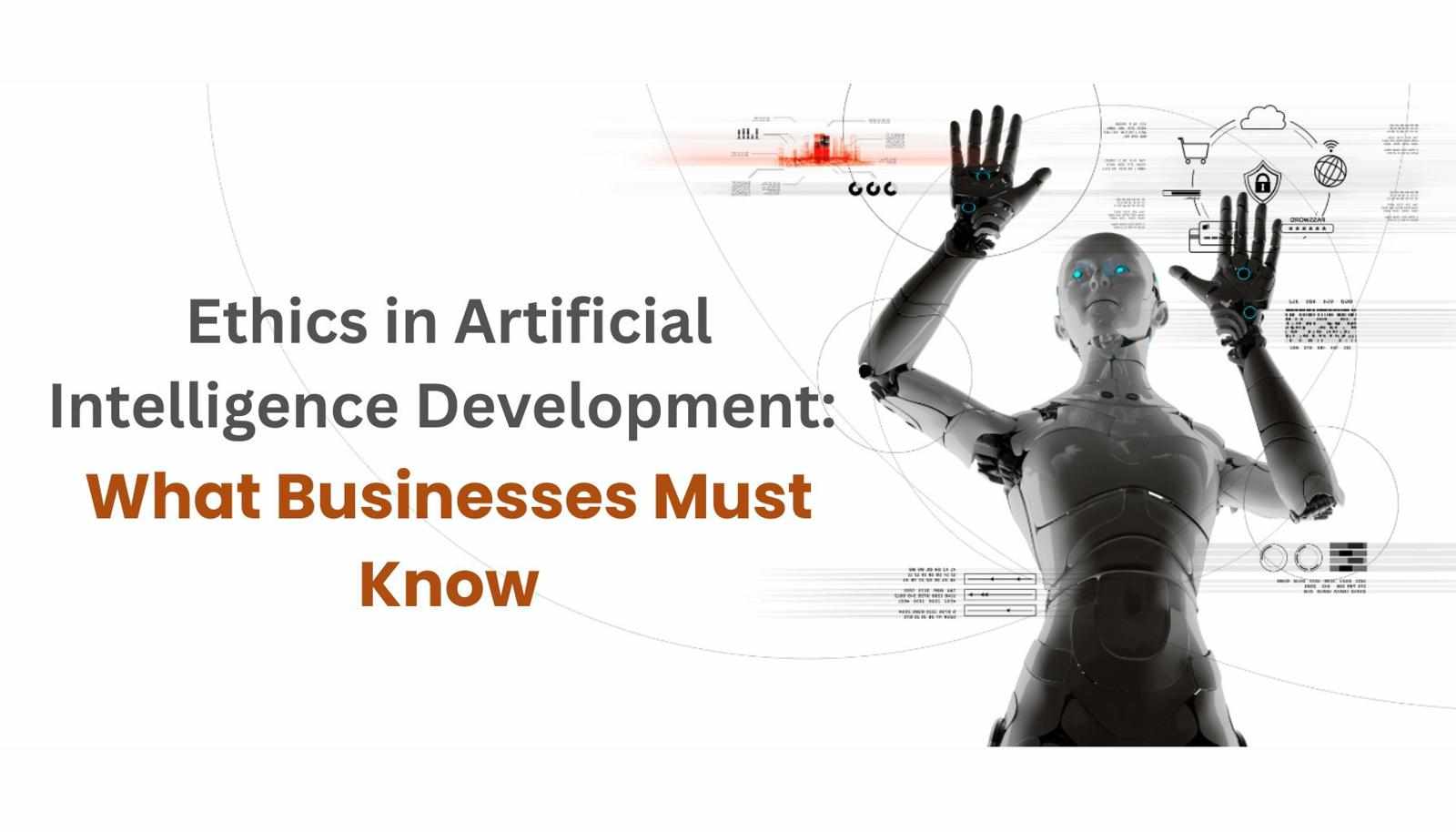
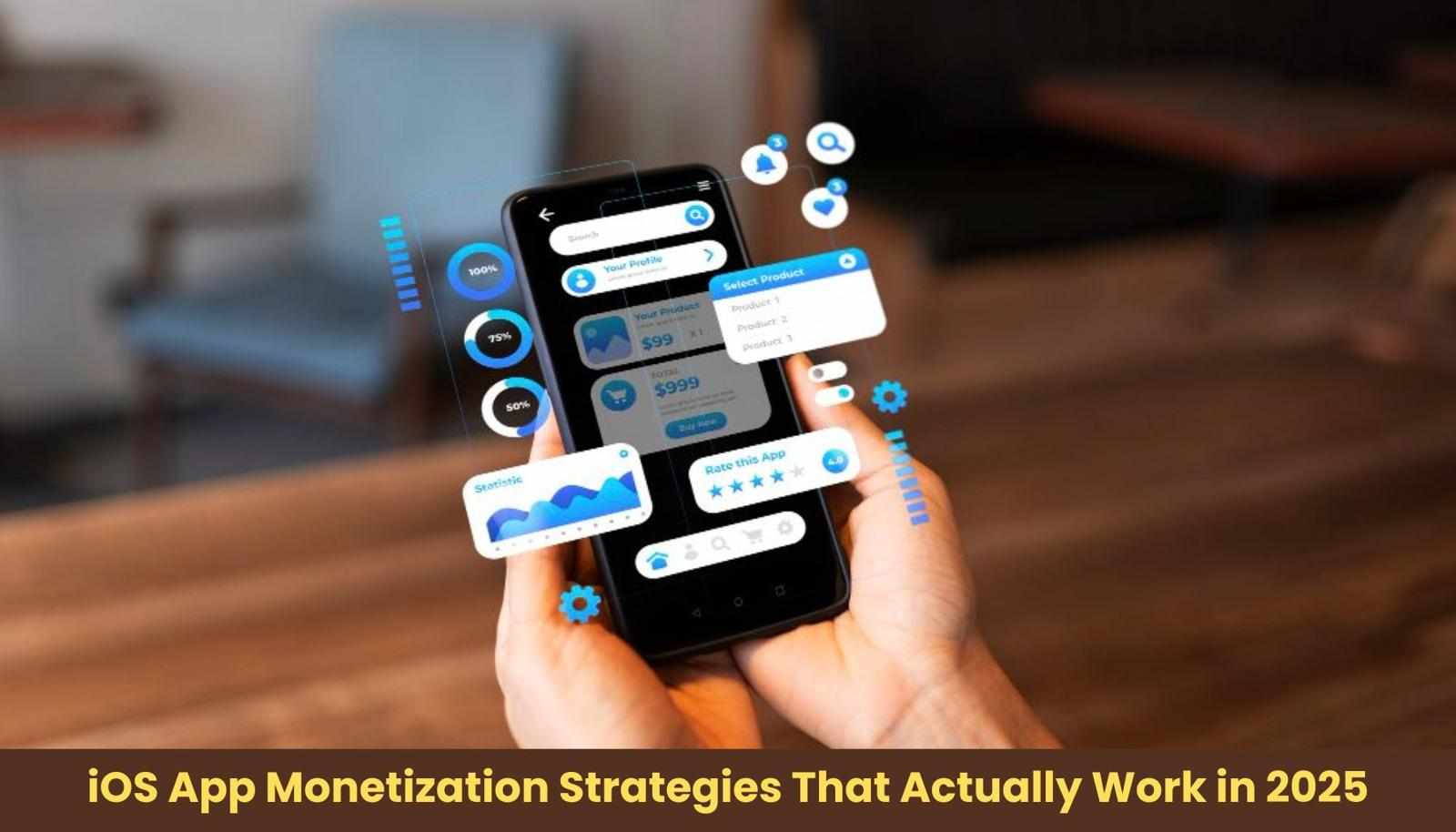
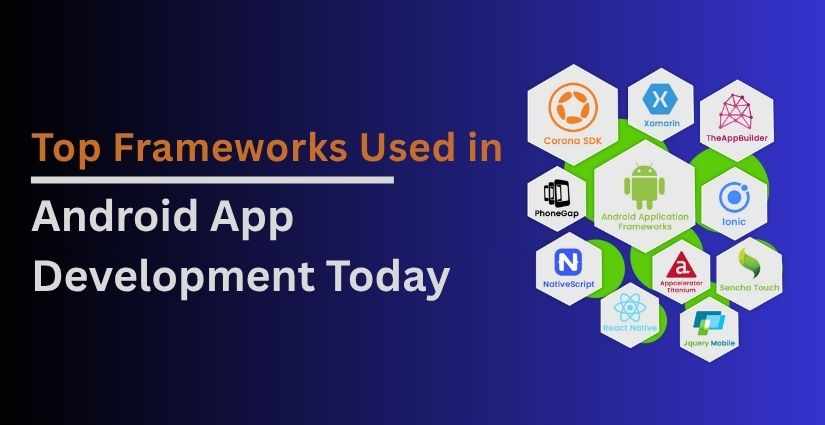
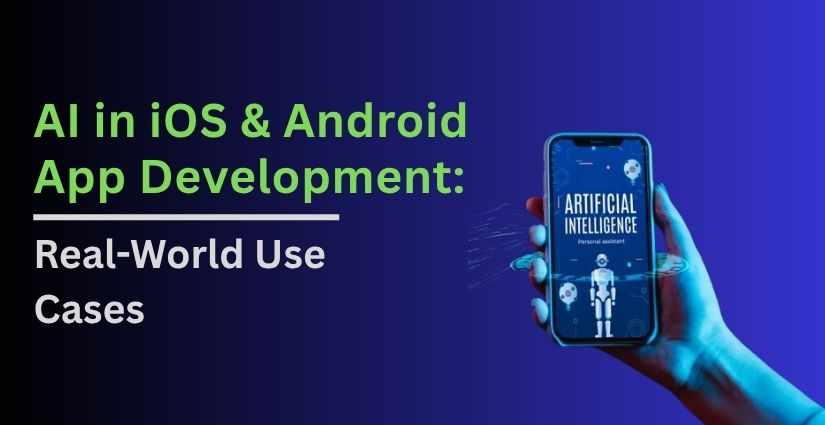
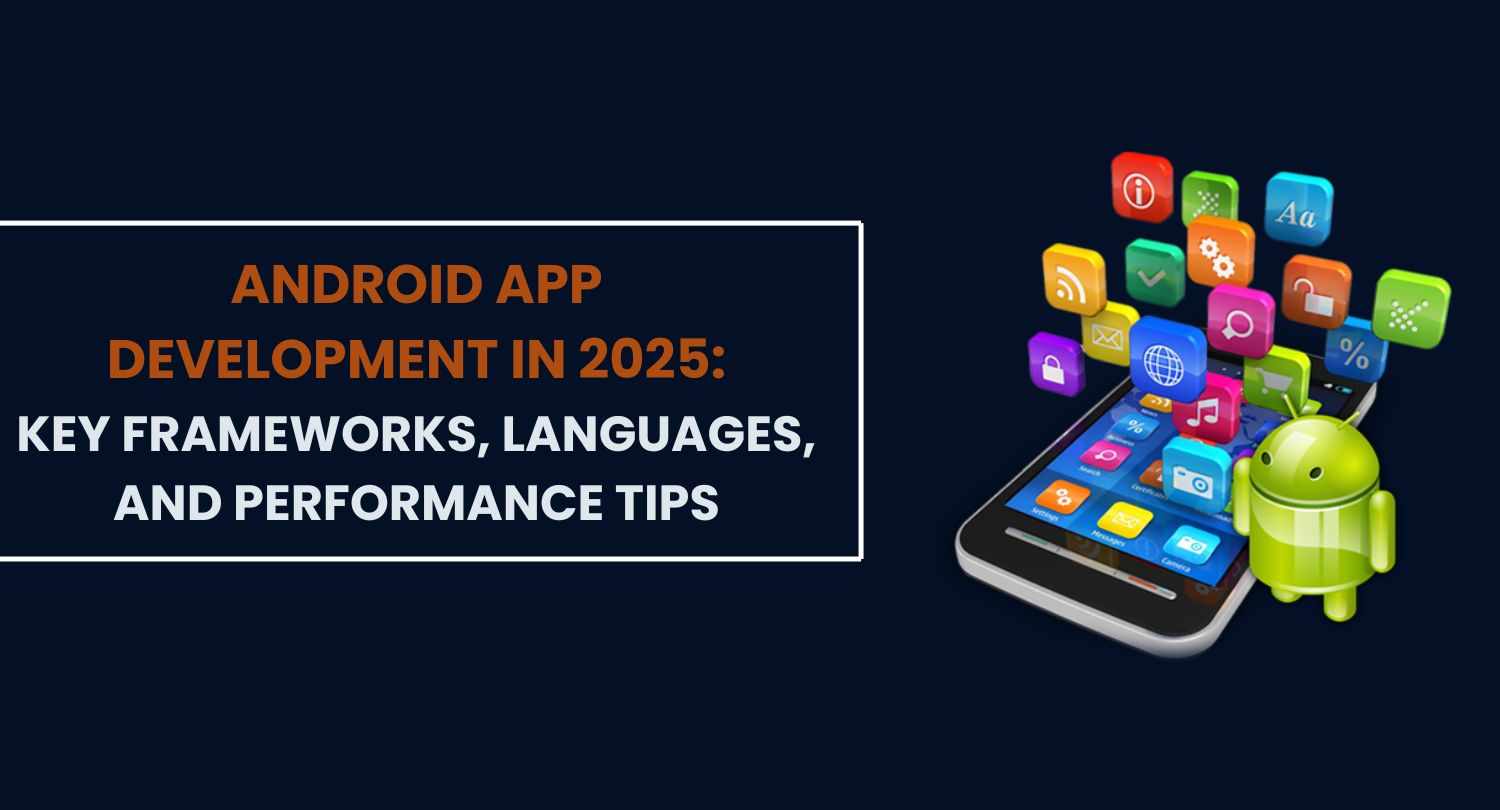


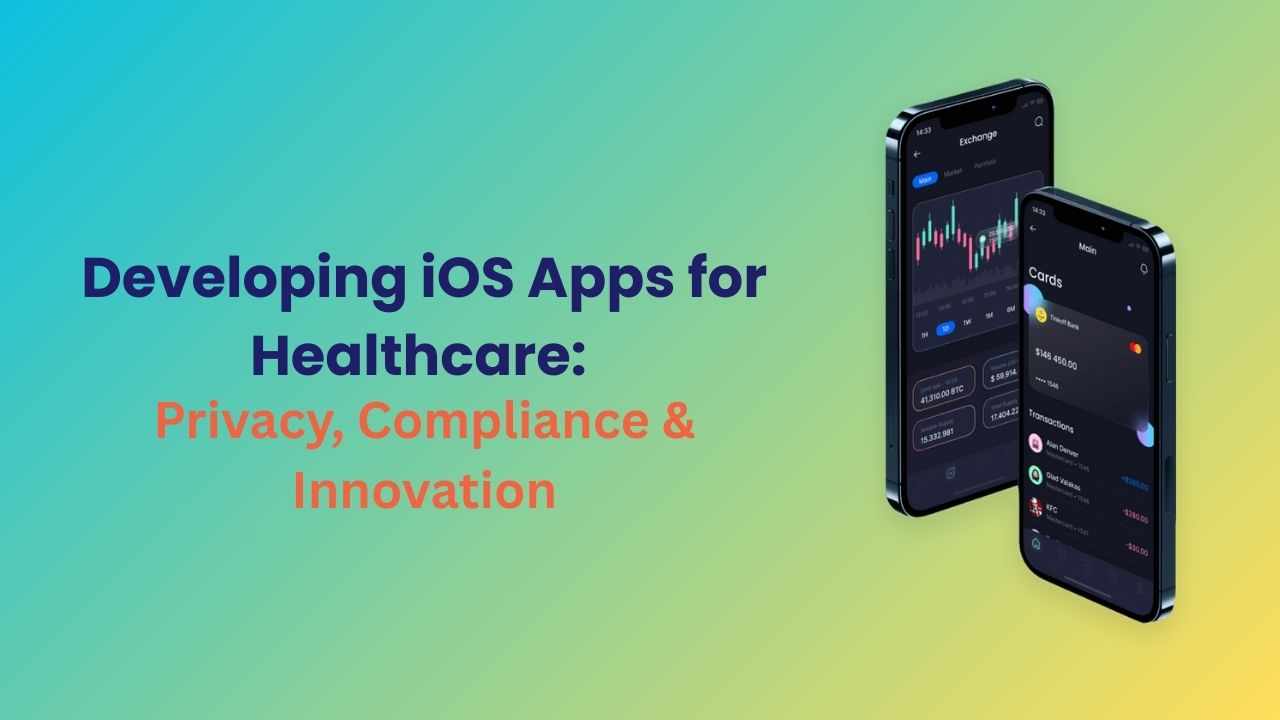
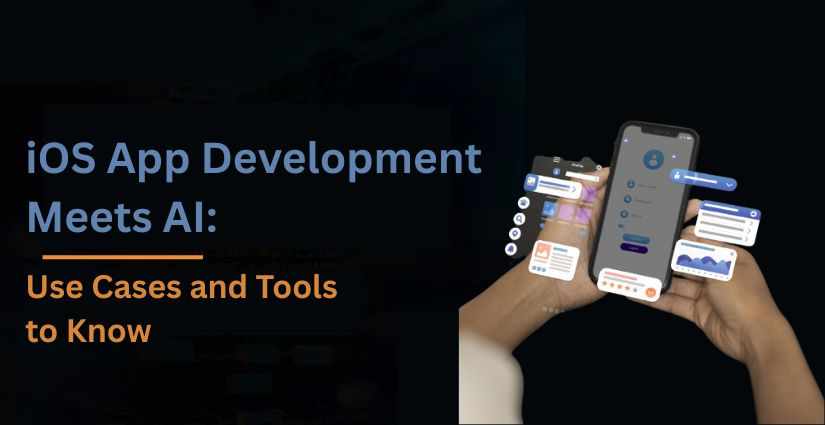
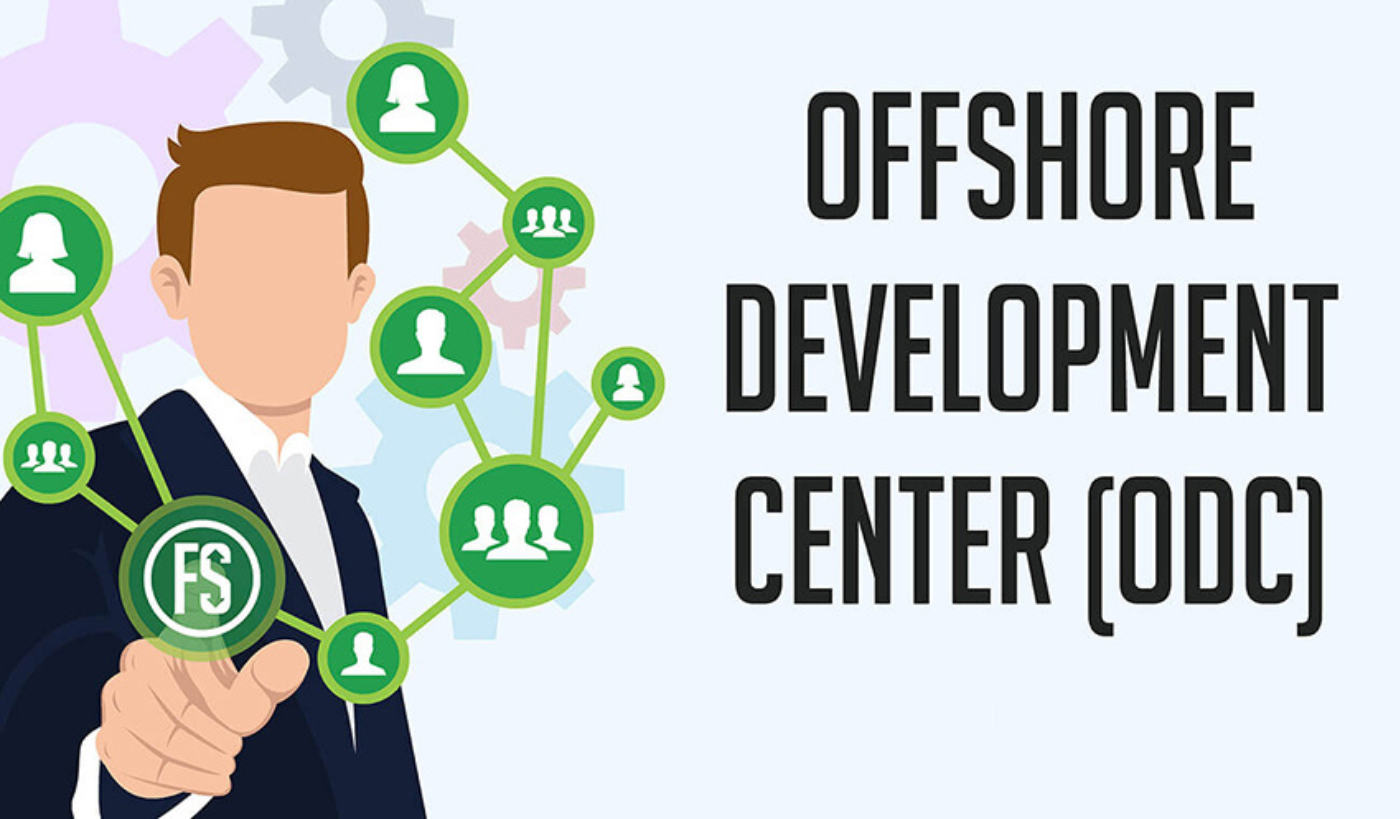
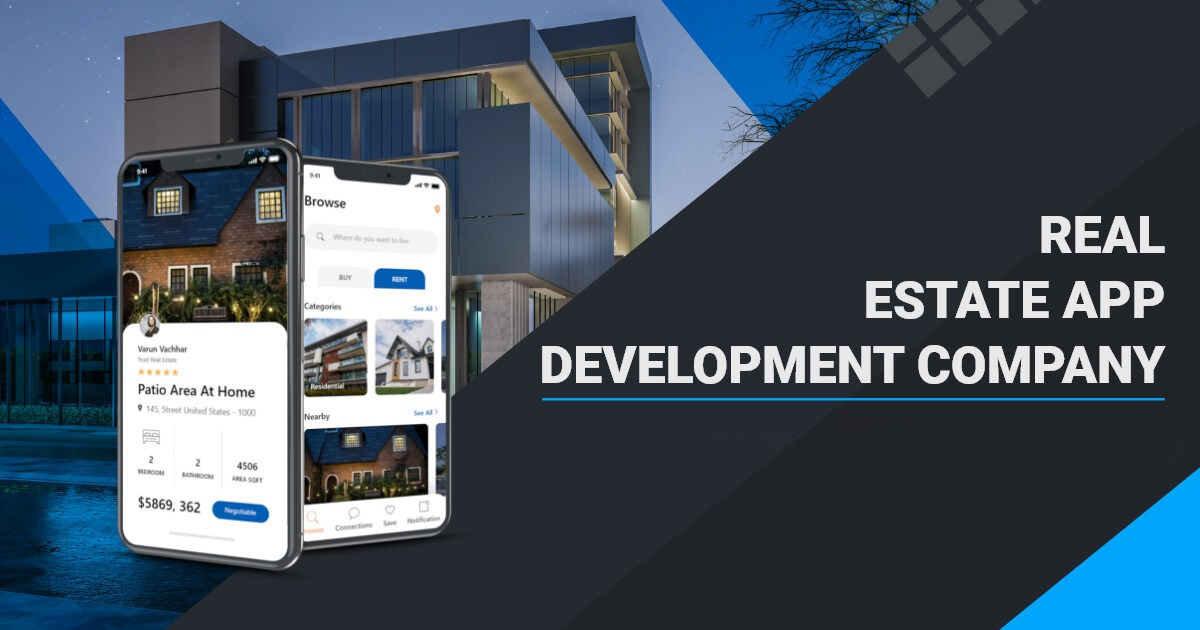
Write a comment ...